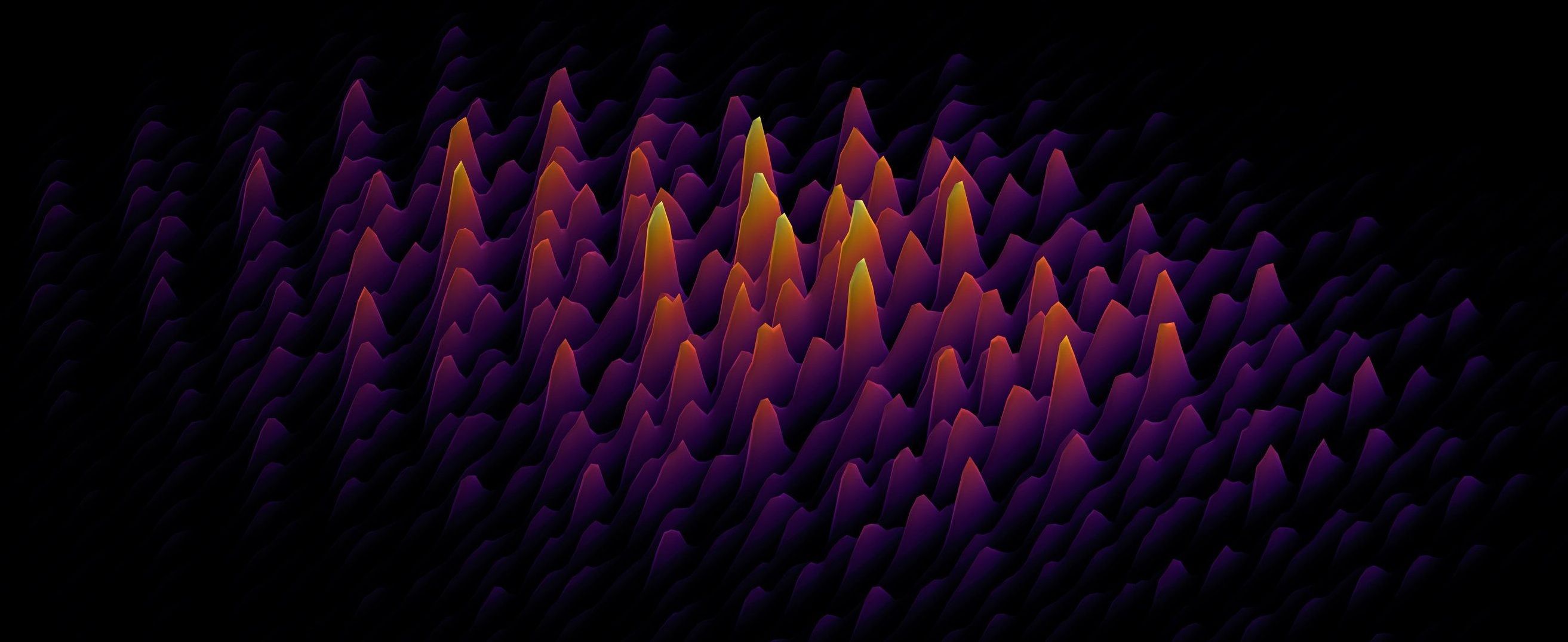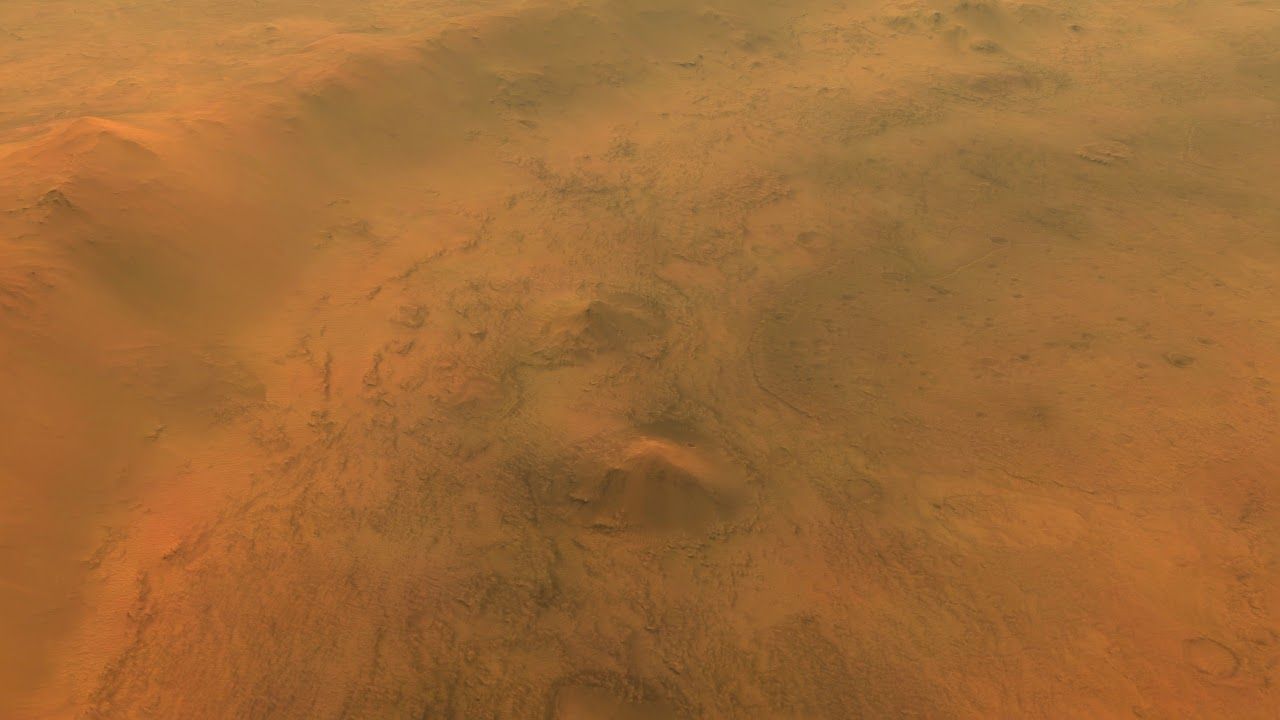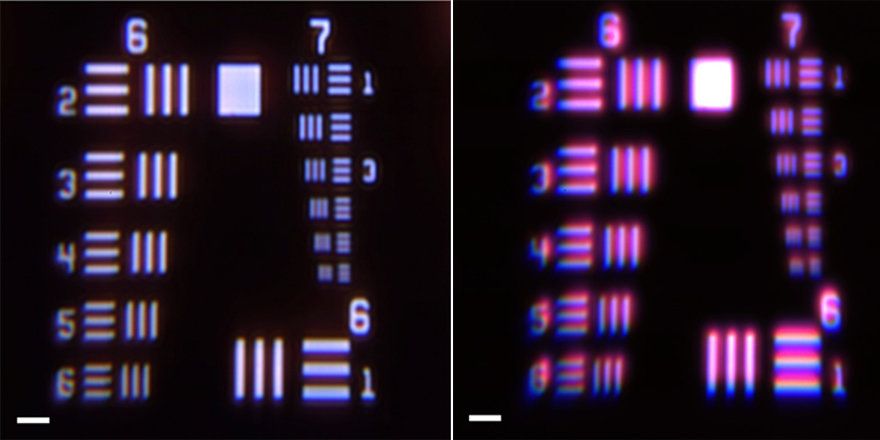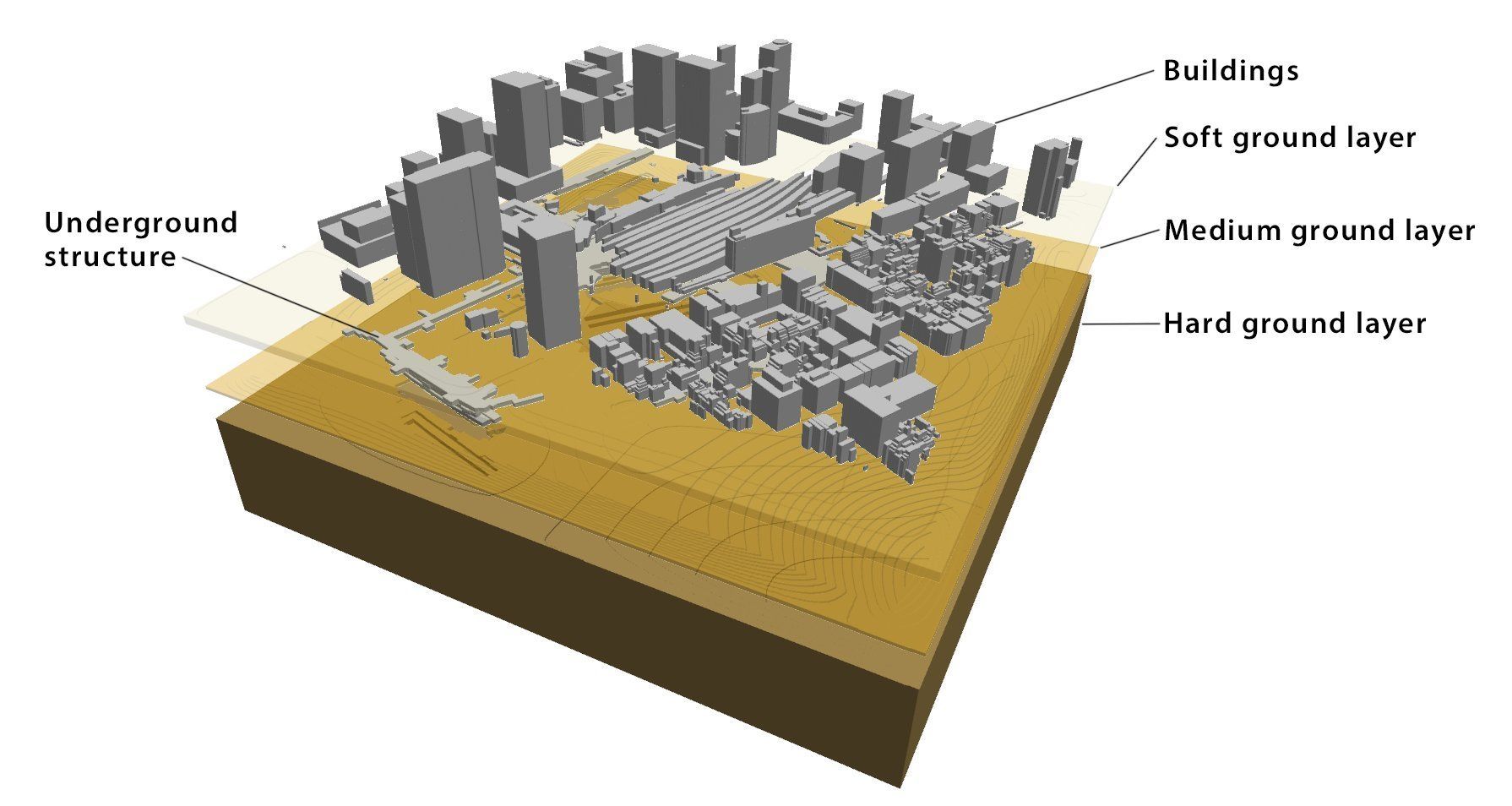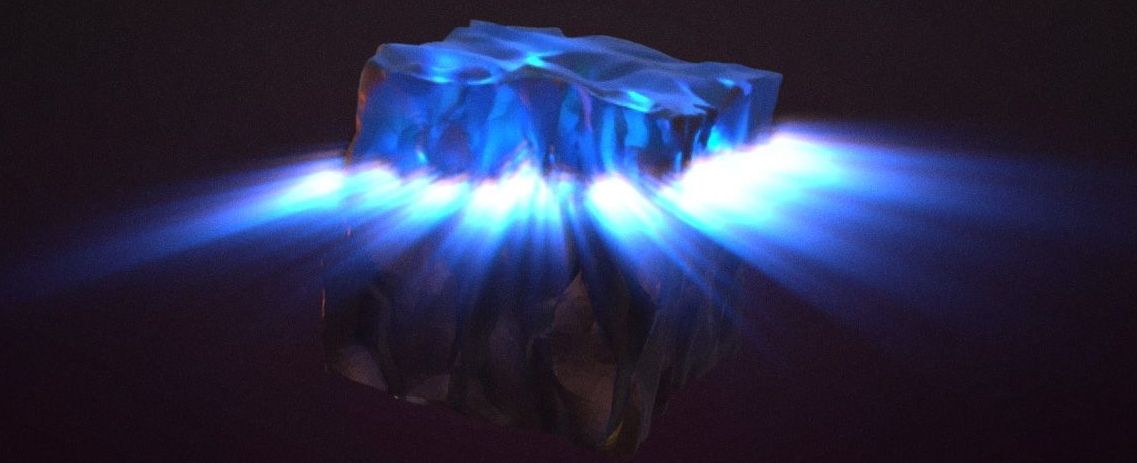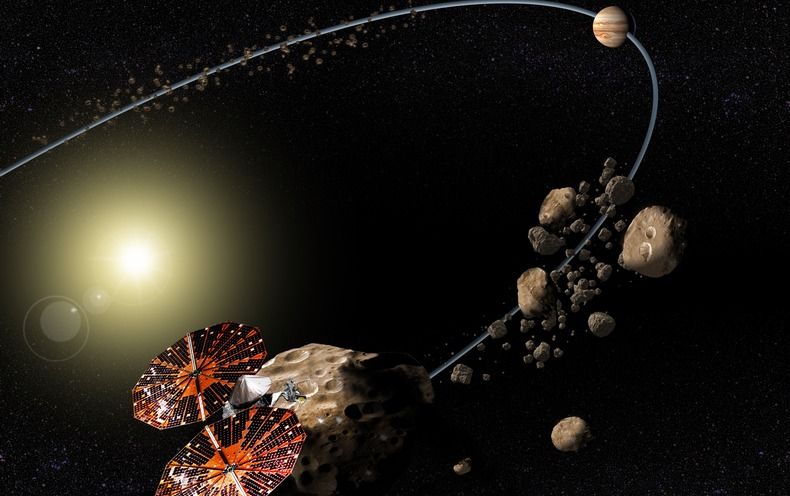Nov 20, 2018
When AI and optoelectronics meet: Researchers take control of light properties
Posted by Genevieve Klien in category: robotics/AI
Using machine-learning and an integrated photonic chip, researchers from INRS (Canada) and the University of Sussex (UK) can now customize the properties of broadband light sources. Also called “supercontinuum”, these sources are at the core of new imaging technologies and the approach proposed by the researchers will bring further insight into fundamental aspects of light-matter interactions and ultrafast nonlinear optics. The work is published in the journal Nature Communications on November 20, 2018.
